Estimated reading time: 9 minutes
Grocery prices are skyrocketing, and shrinkflation is running rampant on every grocery store shelf. Brands have cut down on the size of the product package while keeping it at the same price to create less sticker shock.
There is just no getting around the fact that groceries cost a lot, and the food budget that covered your family’s needs a few months ago probably isn’t going as far today.
There are many things we can do on the homestead to help stretch the grocery budget. You can make simple meals that require cheap ingredients, shop your back stock and pantry to put together meals, and grow your own produce in the garden.
While many of us probably have a garden in place, have you ever thought about the amount of calories each plant produces? To help specifically save on the food budget while also filling bellies, it is essential to know what plants will produce the most calorie-rich foods.
Learn more about how to save on groceries by growing these high-calorie plants to keep you full this year.
Want to save this post for later? Click Here to Pin It On Pinterest!
Sweet Corn
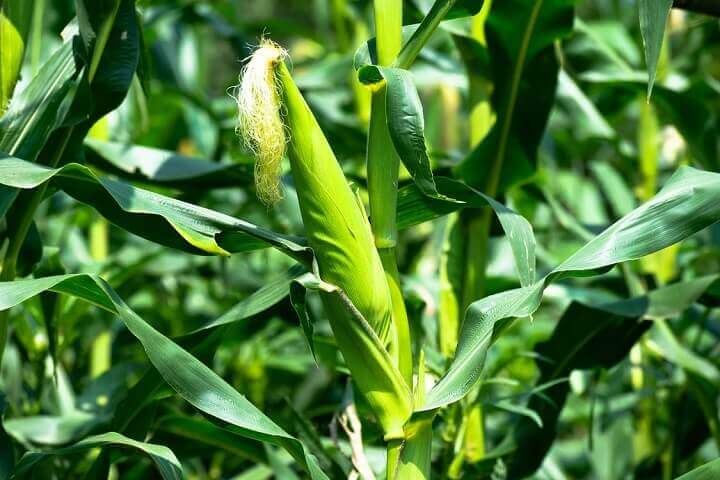
As a starchy vegetable, sweet corn is one of those plants that brings a lot of calories and taste to the table. Sweet corn is a larger plant that only offers a few ears of corn per stalk, so it does take up more space than other vegetables on this list. However, you can companion plant corn with a variety of other plants to stretch garden space.
One cup of sweet corn has 132 calories and 11% daily value of potassium. It offers 29 grams of carbohydrates and 16% daily value of fiber. Sweet corn also has 10% daily value of protein, making it stand out compared to other veggies. You’ll get 17% daily value of vitamin C, 14% daily value of magnesium, and a bit of iron and vitamin B6.
Enjoy the corn right on the cob, or process the sweet corn in canning jars to save for later. Toss the cobs to farm animals to help cut down on their food bill as well!
Beans
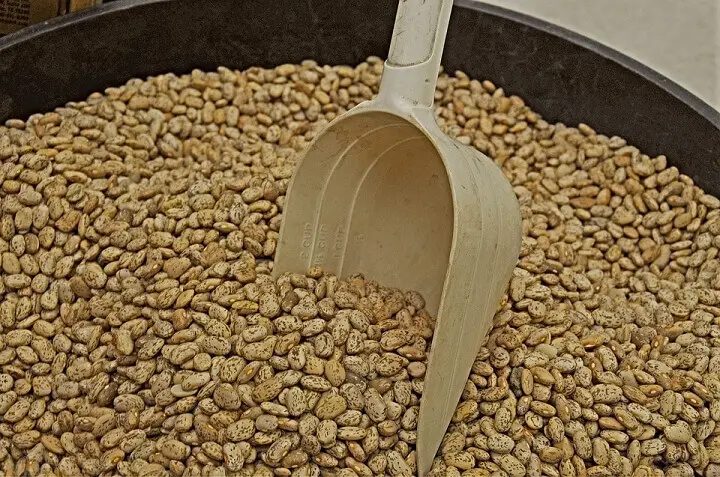
While green beans are a good source of vitamins and minerals, the best beans to grow in terms of caloric content are dry beans like pinto, black, or lima beans. These beans pack a punch with about 200-300 calories per cup, depending on the kind of bean.
You’ll get 15 grams of protein and almost 45 grams of carbohydrates in each cup. Fiber is another big aspect of beans at about 15 grams. Pinto beans also provide important vitamins and minerals like vitamin B9, copper, and vitamin B1.
Want to start a homestead but not sure how?
Click Here to get a FREE book, "How To Homestead No Matter Where You Live."
Beans are easy to grow, with many having either a bush or pole variety. You can harvest the beans early while they are green, but most gardeners prefer to let the beans dry out on the vine. Dry beans store well in air-tight containers and should stay shelf stable for years to come.
Lentils
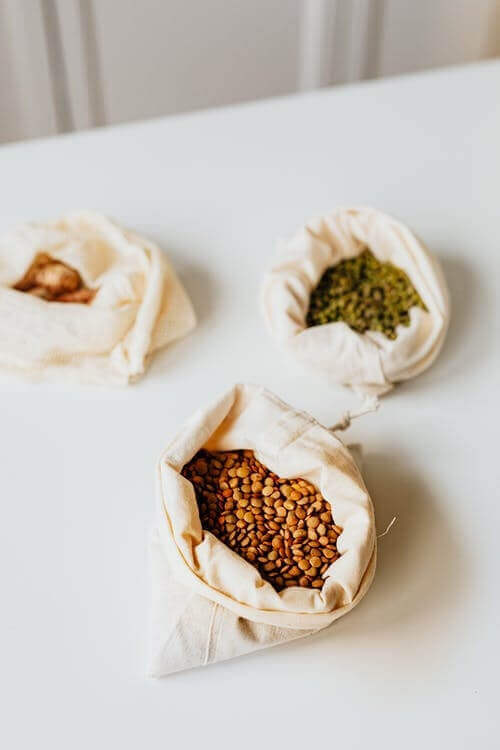
Lentils are another type of vegetable that either you grew up eating or have no idea what it is. This often forgotten vegetable packs a punch with its ability to store well on the shelf and its nutritional benefits.
One cup of these little gems offers 230 calories with 731 mg of potassium and 40 grams of carbs. You’ll get 64% daily value of fiber per cup as well as an incredible 18 grams of protein. Lentils also are rich in iron, vitamin B6, and magnesium.
As a member of the pea family, lentils grow much in the same way with pods and a vining growth habit. They are often overlooked but should be on your list of plants to grow in terms of caloric intake this year.
Peas
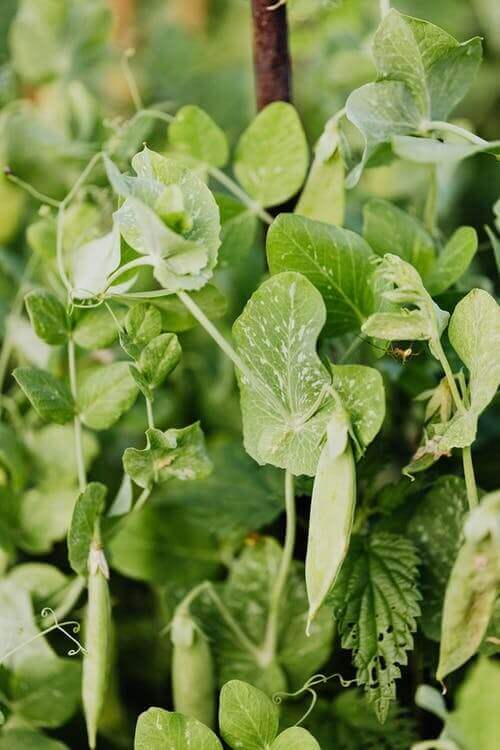
Another nutrient-packed vegetable to grow in the garden are peas. While this small vegetable may not look like much, the pea pods actually offer a lot of value in terms of keeping bellies full.
Peas are easy to grow and like to be near a fence or other tall stocks they can climb. Peas also mature quickly and do better in cooler temperatures, making them one of the first things that can come out of the garden in the spring and one of the last things in the fall.
A cup of peas has about 118 calories and provides 354 mg of potassium. You’ll get 21 grams of carbs with 7 grams of fiber as well. Peas are also higher in protein than other vegetables, with 8 grams per cup and a whopping 96% daily value of vitamin C. They also offer iron, vitamin B6, and magnesium to the diet.
When harvesting peas, make sure to use all of the pea pod and peas themselves to get the most out of every plant. The pods are easier to eat before the peas fully develop, so harvest them in the middle of the process when you can get both a tender pod and plumper peas.
Potatoes
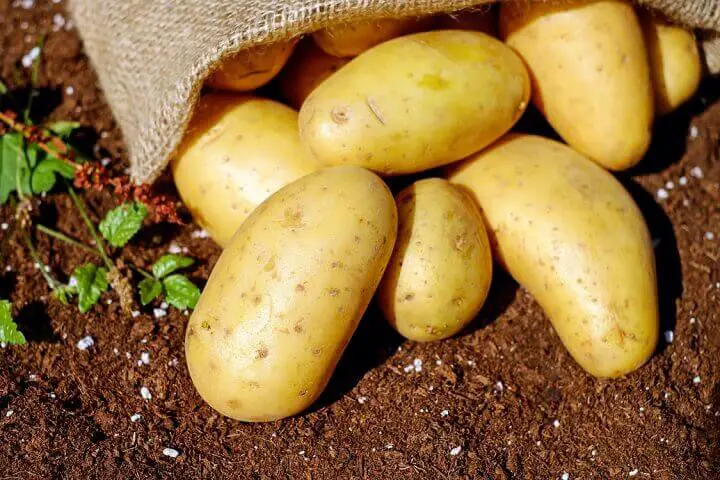
As one of the best plants to grow in terms of calories, potatoes are worth their weight in gold on the homestead thanks to their starch content. Potatoes are high in calories and carbohydrates, meaning they will keep you feeling fuller longer than other vegetables in the garden.
Potatoes are also really easy to grow and don’t require much maintenance or fuss. They come in multiple varieties of red, white, and yellow options and don’t take up a lot of space in the garden. As a root vegetable, potatoes grow under the soil’s surface, and you only have to mound up the soil around the leaves to help produce more space underneath.
A medium potato, about 3 inches in diameter, has 163 calories and is low in fat, sodium, and cholesterol. You’ll get about 900 mg of potassium from the potato and about 37 grams of carbohydrates, which includes about 5 grams of fiber.
Potatoes are also rich in vitamin C and vitamin B6, with about a 12% daily value of magnesium as well. If you grow the sweet potato variety, you’ll get less potassium but lots of vitamin A, calcium, and beta carotene.
Harvest the potatoes when the top green leaves are completely dead, and then start digging away! Store the little gems in a dry and cool area for a food that will keep on the shelf for months!
Parsnips
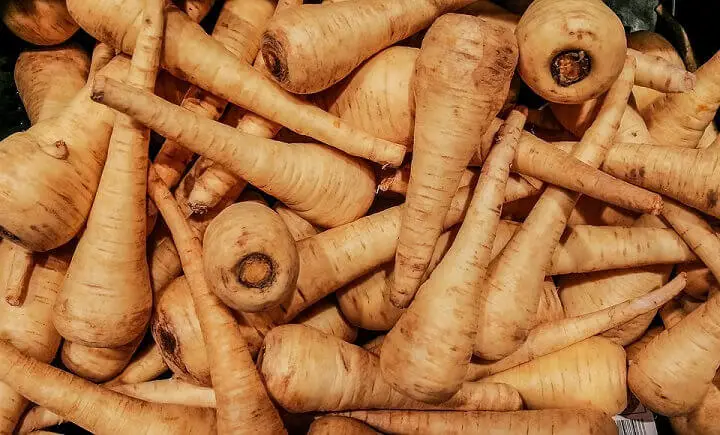
As another root vegetable, parsnips are one of those plants that many gardeners overlook. However, they are another calorie-dense food that can help stretch that grocery budget. Parsnips don’t take up a lot of room, either, thanks to the vegetable growing underground.
The beauty of parsnips is that they can be harvested after the first winter frost, which can be huge when harvesting enough food for the family.
Want to start a homestead but not sure how?
Click Here to get a FREE book, "How To Homestead No Matter Where You Live."
One cup of parsnips has about 100 calories and is high in potassium. You’ll get about 24 grams of carbohydrate and 7 grams of fiber. Parsnips are very high in vitamin C as well. Pull them straight up from the ground after a few moderate frosts and try them roasted, sauteed, or mashed.
Butternut Squash
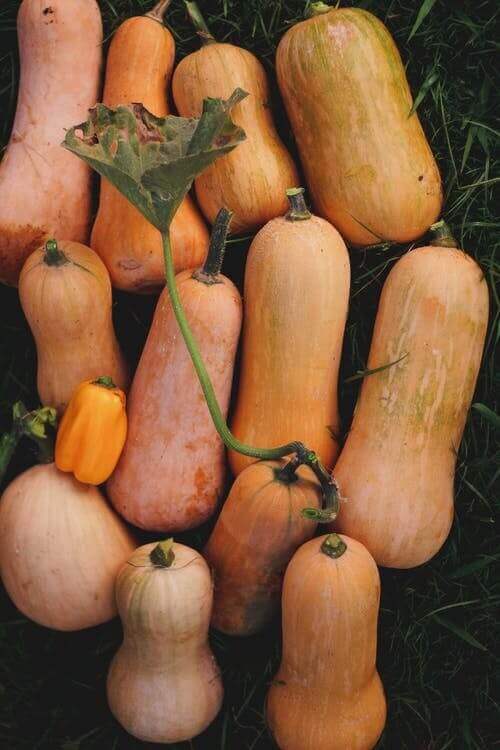
Another great calorie-dense vegetable that will help break up the monotony of garden vegetables is the beautiful butternut squash. This fall harvest option is easy to grow and produces a lot of food for the table.
You can roast, mash, or make the squash into soup for a wonderful fall meal. As a winter squash variety, butternut squash also can last well into spring when stored correctly.
One cup of butternut squash has 63 calories and offers about 500 mg of potassium. You’ll get 16 grams of carbs with 11% daily value of fiber as well. Butternut squash also provides 48% daily value of vitamin C, as well as vitamin B6, magnesium, and even some calcium.
Carrots
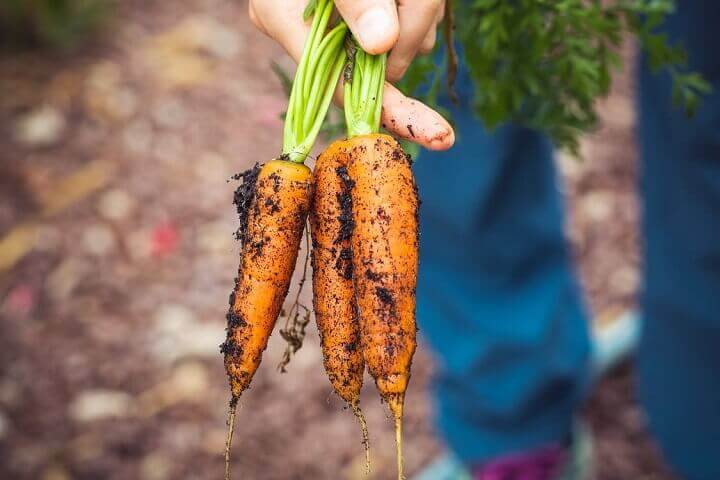
As a root vegetable, carrots take up less area to grow than other plants in the garden. Carrots are also easy to grow if you have the right kind of soil and are patient enough to wait for the harvest. Carrots can handle colder weather thanks to their underground growth, making them a food you can continue to harvest well into winter.
A cup of carrots provides 45 calories and about 352 mg of potassium. You’ll get 3 grams of fiber per cup as well as 10% daily value of vitamin C and vitamin B6. As a naturally sweet vegetable, pulling carrots for a meal can offer a natural pick-me-up in a survival situation as well. You can enjoy them raw, cooked, roasted, or mashed too.
Choosing the right kinds of vegetables to grow in the garden can definitely help you save money on groceries. All of these options are easy to grow and offer a bunch of nutritional benefits for filling bellies and supplementing your weekly grocery run.
Help stretch your food budget and master your gardening skills by trying out any or all of these plants to keep you full this year.
Like this post? Don't Forget to Pin It On Pinterest!
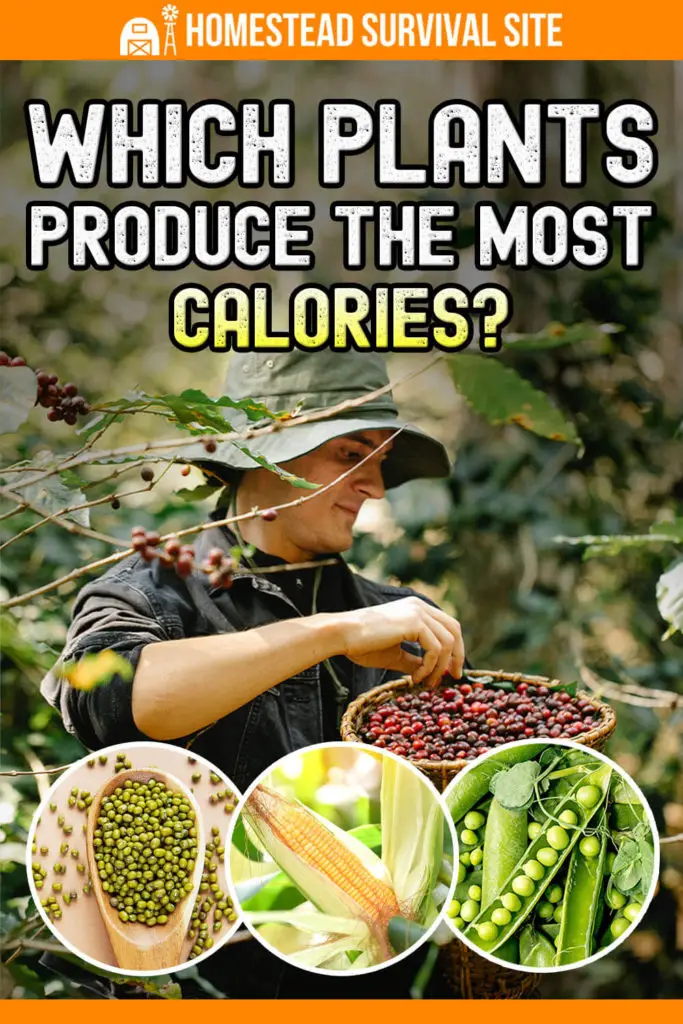


Leave a Reply